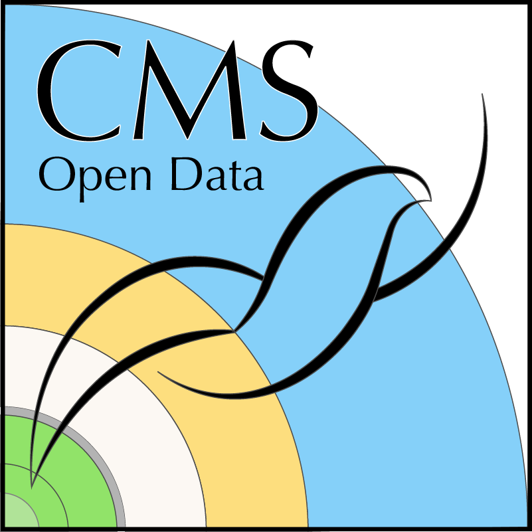Introduction
- Uncertainties are always divided into statistical and systematic components
- Many precision measurements also divide out luminosity and/or theory uncertainties
Uncertainty sources
- Data in CMS plots carry error bars that serve as a “best estimate” of the variance of the Poisson distribution that governs the expected observations for each observable.
- Systematic uncertainties are assumed to follow Gaussian or log-normal probability distributions.
- Collision-based uncertainties come from the luminosity and pileup calculations.
- Detector-based uncertainties come from corrections to the energy response for different physics objects.
- Scale factor-based uncertainties come from the calculation methods used to measure efficiencies for various reconstruction, identification, isolation, and trigger algorithms.
- Analysis methods also bring in uncertainties that need to be determined by the analysis team.
Physics object corrections
- The available 2016 corrections and a summary website can be accessed from the Open Data Portal (a “record” page for the corrections is forthcoming).
- Mandatory corrections such as pileup and jet energy corrections are provided.
- Scale factors for many reconstruction and identification algorithms are also provided.
- The summary webpage is the best reference to understand the names, inputs, and outputs of the corrections.
Uncertainties challenge
- The correctionlib software provides a method to open and read corrections in the common JSON format.
- The
evaluatemethod takes in a correction’s required inputs and returns a correction value. - For event-weight corrections, save shifted event weight arrays to create shifted histograms.
- ROOT histograms can be created simply from arrays of data and weights for statistical analysis.
